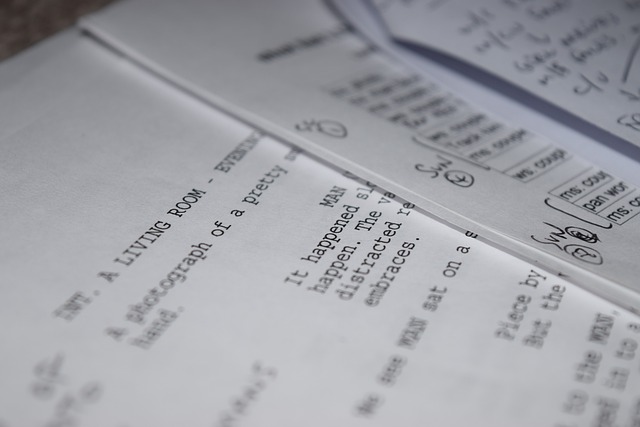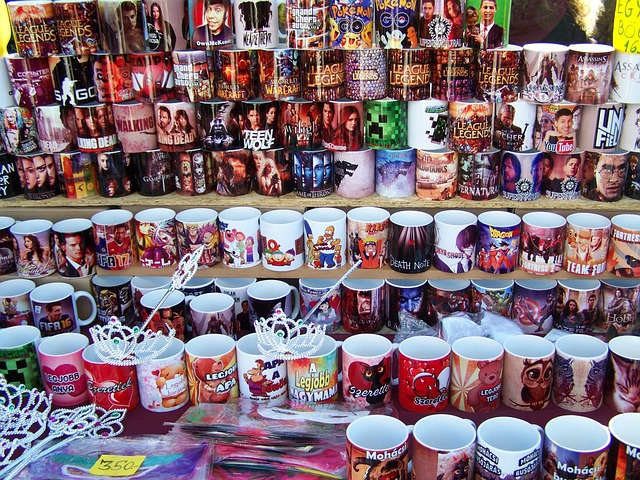You’ve spent countless hours perfecting your camera settings, understanding frame rates, and perhaps even upgrading your home cinema setup to capture and experience stories visually. You know the thrill of nailing that perfect shot, the importance of lighting, and how compelling visuals can transport an audience.
But before any lens is uncapped, before any microphone is powered on, the magic begins on the page. For us who live and breathe the visual medium, understanding the craft of the screenplay isn’t just valuable; it’s the foundational blueprint that brings everything else to life.
The Screenplay: Your Visual & Auditory Canvas
Think of the screenplay as the ultimate guide for every single element that will appear in your final video. It’s where the world, the characters, and the plot are born. As a video recording enthusiast, you’re already thinking visually. A screenplay forces you to articulate those visuals on paper.
- Video: The screenplay describes what the camera sees. Scene headings tell you where and when you are. Action lines dictate movement, setting details, and crucial visual information. Writing a screenplay helps you pre-visualize shots, anticipate camera movements, and understand the *why* behind each frame you plan to capture. It’s the ultimate pre-production tool that directly impacts your recording process.
- Audio: A screenplay isn’t just silent action. It contains all dialogue, clearly attributed to characters. More than that, it includes parentheticals for vocal direction and, critically, sound effects. From a car door slamming to the subtle hum of a refrigerator, these sound cues are written into the script. Understanding this helps you think about the audio you need to capture on set (production sound) and the sound design you’ll need in post (Foley, sound effects, music cues). The screenplay is the foundation for your entire soundscape, which is just as vital as the video in creating an immersive experience.
From Page to Your Personal Cinema
Why does this matter if you’re primarily focused on shooting or enjoying films in your meticulously curated home cinema or dedicated cinema room? Because the screenplay dictates the quality of the experience you ultimately create or consume.
A well-written screenplay builds tension, crafts compelling characters, and structures the story in a way that is designed to work specifically on screen. It’s written *to be filmed and heard*. When you’re watching a movie with incredible pacing, sharp dialogue, and impactful visual moments in your home cinema room, you’re experiencing the direct result of a strong screenplay executed well.
For video enthusiasts creating their own projects, writing a screenplay (or at least outlining visually and audibly) means your raw footage will have purpose. You won’t just be capturing pretty images; you’ll be building a narrative, shot by shot, sound cue by sound cue, all guided by the structure you established in the script phase.
Diving into screenwriting deepens your appreciation for filmmaking. It teaches you why certain shots work, why dialogue is structured in a particular way, and how sound enhances the narrative. It transforms you from someone who records video into someone who understands visual storytelling from its very inception. So, pick up a screenwriting book or software, and start translating those visual ideas dancing in your head onto the page. Your camera (and your future audience in their home cinema) will thank you.




